

Our
Third K-1 Micro (23-26 May 2007) Williamsburg, VA
Arranged and hosted by Ron & Barbara Bellows...Group quartered at the
Williamsburg Marriott Hotel...

Attendees:
Bob Barker, Ron & Barbara Bellows, Jane Drisko & granddaughter, Norm & Toni
Gustitis, Pete & Pat Hidalgo, Brad & Carol Johnson, Tom Mason & Sue Ellen, Tom &
Barbara Sands, Bill & Edna Mae Serchak, Bill & Ann Shely, Lynn & Joan Shrader,
Hugh and Ann Trumbull, Ron & Sue Turner.

Activities:
Dinner at the Whaling Company (23 May); Jamestown National Park & dinner at the
Bellows' home (24 May); Walking tour of Colonial Williamsburg & dinner at the
Williamsburg Lodge (25 May); Optional visit to Mariners Museum in Newport News
in morning & MacArthur Memorial in Norfolk, afternoon tour of Yorktown & Dinner
at Riverwalk Restaurant there & end of planned events (16 May)... {Prior to
dinner one evening, we assembled for a Company Memorial Service to remember and
reminisce about our deceased company mates}
Hospitality and scheduling were perfect!


Tom
Sands Jane Drisko
neighbor of Bellows
Ron Bellows introduces our tour guide, Holly
Yohe


Jane
Drisko Carol Johnson


Joan
Shrader Sue & Ron Turner
Bob Barker Hugh & Ann
Trumbull Ann Shely
Barbara Sands
Pete & Pat Hidalgo


Joan Shrader Sue Turner
Toni Gustitis
Pat Hidalgo


Diane
& Barbara Bellows Holly Yohe
Diane Bellows
Norm Gustitis


Ron Turner Bob
Barker
Hugh Trumbull Pete Hidalgo
Bill Serchak

Dining @
Chez Bellows!


Barbara Sands Ron Bellows
Tom Sands
Carol & Brad Johnson w/Ron Bellows


Hugh & Ann Trumbull
Bill & Edna Mae Serchak
Background on Williamsburg
Colonial
Williamsburg
is a
living-history
museum
and
private
foundation
presenting part of a
historic
district
in the city of
Williamsburg,
Virginia,
USA. Colonial Williamsburg's 301-acre (122 ha) Historic Area includes buildings
from the eighteenth century (during part of which the city was the capital of
Colonial
Virginia),
as well as 17th-century, 19th-century,
Colonial
Revival
structures and more recent reconstructions. The Historic Area is an
interpretation of a
colonial
American
city, with exhibits of dozens of restored or re-created buildings related to its
colonial and American Revolutionary War history. Colonial Williamsburg's
Historic Area's combination of restoration and re-creation of parts of the
colonial town's three main thoroughfares and their connecting side streets
attempts to suggest the atmosphere and the circumstances of 18th-century
Americans. Colonial Williamsburg's motto has been "That the future may learn
from the past".
In the late
1920s, the restoration and re-creation of colonial Williamsburg was championed
by the Reverend Dr.
W. A. R.
Goodwin,
other community leaders, such organizations as the Association for the
Preservation of Virginia Antiquities (now called Preservation Virginia), the
Colonial Dames, the Daughters of the Confederacy, and the Chamber of Commerce as
well as the scion of the
Rockefeller
family,
John D.
Rockefeller, Jr.,
and his wife,
Abby Aldrich
Rockefeller,
to celebrate rebel patriots and the early
history of the
United States.


Our
guide is Holly Yohe


Our tour
group
Edna Mae


View of the reconstructed
Raleigh Tavern
on Duke of Gloucester Street
One of the
largest history projects in the nation and a tourist attraction, it is part of
the
Historic
Triangle of Virginia,
which includes
Jamestown
and
Yorktown,
linked by the
Colonial
Parkway.
The site was once used for conferences by world leaders and heads of state,
including U.S. presidents.
Costumed
employees work and dress as people did in the era, sometimes using colonial
grammar and diction (although not colonial accents).
Prominent
buildings include the
Raleigh Tavern,
the
Capitol,
the
Governor's
Palace
(all reconstructed), as well as the
Courthouse,
the George Wythe House, the Peyton Randolph House, the Magazine, and
independently owned and functioning
Bruton Parish
Church
(all originals). Colonial Williamsburg's portion of the Historic Area begins
east of the
College of
William & Mary's
College Yard.


Street
signs observed during our walking tour of Williamsburg
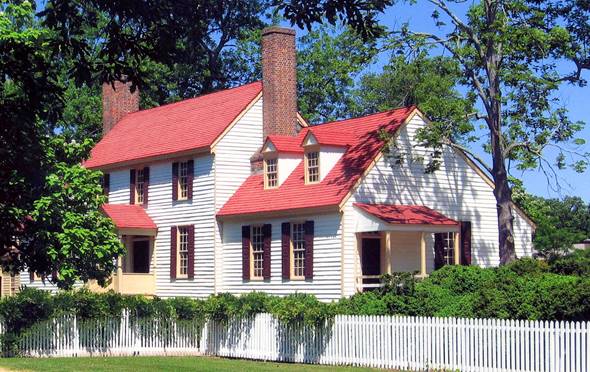

Colonial
homes
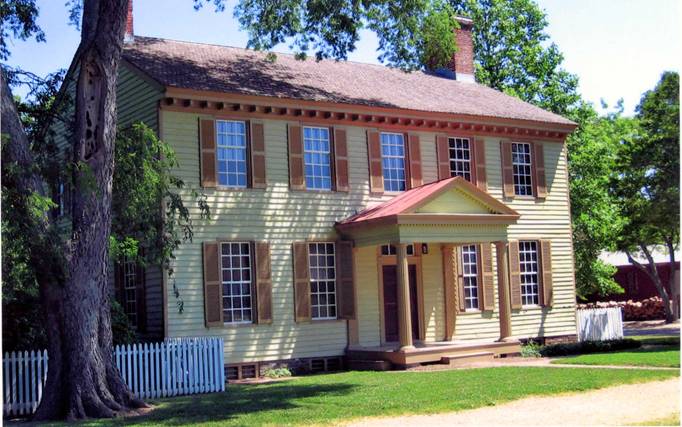

History of Williamsburg
The
Jamestown
statehouse, housing Virginia's government at the time, burned down on October
20, 1698. The legislators consequently moved their meetings to the College of
William and Mary in Virginia at Middle Plantation, putting an end to Jamestown's
92-year run as Virginia's colonial capital. In 1699, in a graduation exercise, a
group of College of William and Mary students delivered addresses endorsing
proposals to move the capital to Middle Plantation, ostensibly to escape the
malaria
(and the mosquitoes which transmit them) of
the Jamestown Island site. Interested Middle Plantation landowners donated some
of their holdings to advance the plan, and to reap its rewards.
Middle Plantation was renamed Williamsburg by Governor
Francis Nicholson,
who was first among the proponents of the change, in honor of
King William III of England.
Nicholson said that at Williamsburg "clear and crystal springs burst from the
champagne soil". By "champagne," he meant excellent or fertile. Nicholson had
the city surveyed and a grid laid out by
Theodorick Bland
taking into consideration the brick College Building and the decaying
Bruton Parish Church
building of the day. The grid seems to have obliterated all but the remnants of
an earlier plan that laid out the streets in the monogram of King William and
Queen Mary, a W superimposed on an M. The main street was named
Duke of Gloucester
after the eldest son of
Queen Anne.
Nicholson named the thoroughfare north of it Nicholson Street, and the one south
of it Francis Street, for himself,
For eighty-one years of the 18th century, Williamsburg was the center of
government, education and culture in the
Colony of Virginia.
Here,
George Washington,
Thomas Jefferson,
Patrick Henry,
James Monroe,
James Madison,
George Wythe,
Peyton Randolph,
and others furthered the forms of British government in the
Commonwealth of Virginia
and later helped adapt its preferred features to the needs of the new United
States. During the American Revolutionary War, in 1780, under the leadership of
Governor
Thomas Jefferson,
the government moved to
Richmond,
approximately 55 miles (89 kilometres) west, to be more central and accessible
from western counties, and less susceptible of British attack. There it remains
today.
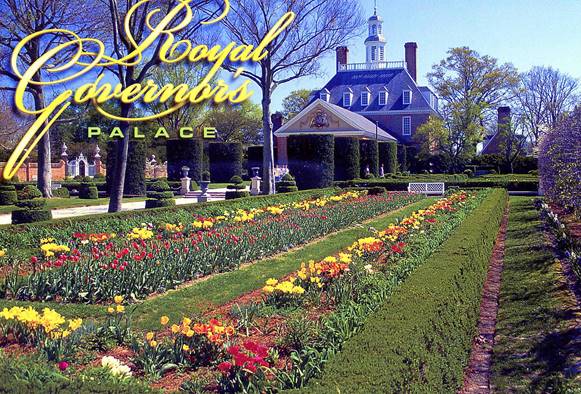

The Governor's Palace in
Williamsburg, Virginia
was the
official residence
of the
Royal Governors
of the
Colony of Virginia.
It was also a home for two of Virginia's post-colonial governors,
Patrick Henry
and
Thomas Jefferson,
until the capital was moved to
Richmond
in 1780, and with it the Governor's residence. The main house burned down in
1781, though the outbuildings survived for some time after.[1]
The Governor's Palace was reconstructed in the 1930s on its original site.
It is one of the two largest buildings at
Colonial Williamsburg,
the other being the Capitol.
Williamsburg was established as the new capital of the Virginia colony in 1699,
and served in that capacity until 1780. During most of that period, the
Governor's Palace was the official residence of the royal governor.
Construction and design
The palace was funded by the
House of Burgesses
in 1706 at the behest of Lt. Governor
Edward Nott.
It was built from 1706 onward. In 1710, its first official resident was Lt.
Governor
Alexander Spotswood
who served as acting governor; the governor proper,
George Hamilton, 1st Earl of Orkney
was absentee and is not known to have visited Virginia. Spottwood continued to
improve on it until ca. 1720 to 1722, adding
the forecourt, gardens, and various decorations.
Under Lt. Gov.
Robert Dinwiddie,
from 1751 to 52, it was repaired and renovated, including the addition of a
large rear addition featuring a
ballroom.
Occupants
The seven governors who lived in the original palace included:
It was also home to the post-colonial governors:
|
Governor's Palace |
|
|
U.S. National Historic Landmark District |
|
|
The Governor's Palace from Palace Green |
|
|
Location |
|
|
Built |
1931-34 |
|
Architectural style |
|
|
Part of |
|
|
Added to NRHP |
October 15, 1966 |

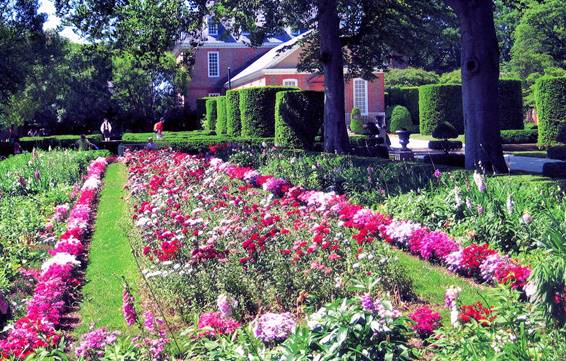

Demise
Around 1779, Governor Thomas Jefferson proposed the remodeling of the Palace in
manner in keeping with
his neoclassical ideals.
The proposal would have added a temple-like portico to the front and back.
However, in 1780, Jefferson urged that the capital of Virginia be relocated to
Richmond
for security reasons during the
American Revolution.
The new lodging for the governor adjacent to the current
Virginia State Capitol
building in Richmond is more modest in size and style, and is called the
Governor's Mansion.
On December 22, 1781, the main building was destroyed by a fire.
At the time, it was being used as a hospital for wounded American soldiers
following the nearby
Siege of Yorktown.
Some brick outbuildings survived the fire, but were demolished during the
American Civil War
so they could be salvaged for building materials by occupying forces.
Prior to dinner one evening, we assembled in a park for a Company Memorial
Service to remember and reminisce about our deceased company mates…
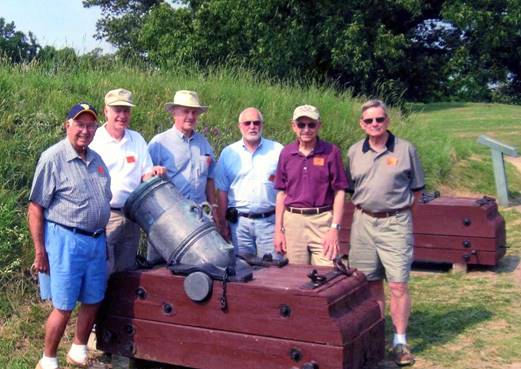

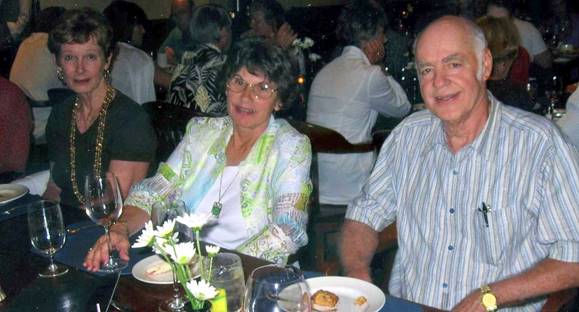

Pat
Hidalgo w/our hosts: Barbara & Ron Bellows
Toni & Norm Gustitis
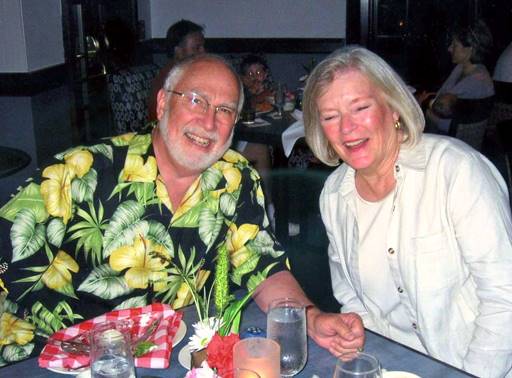
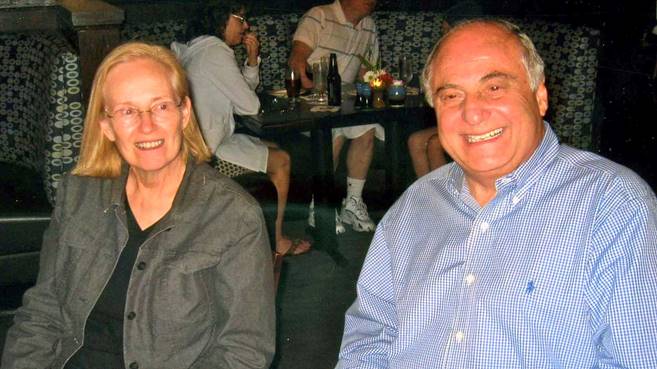
Tom Mason & Sue Ellen
Ann & Bill Shely
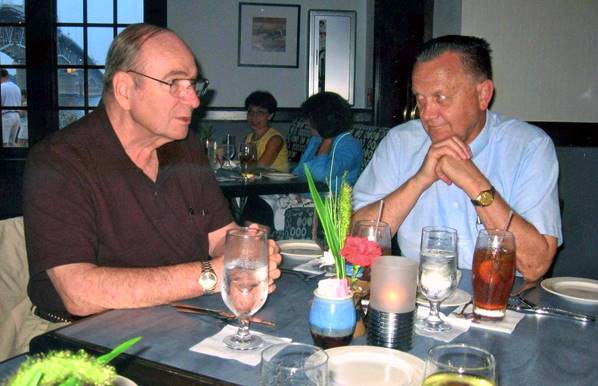
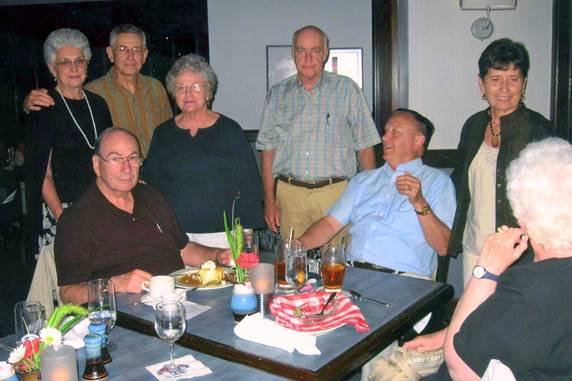
Lynn
Shrader & Bill Serchak
We
drive to Jamestown, VA…
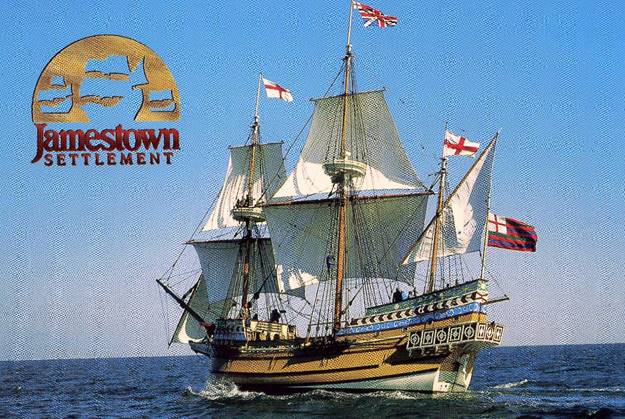
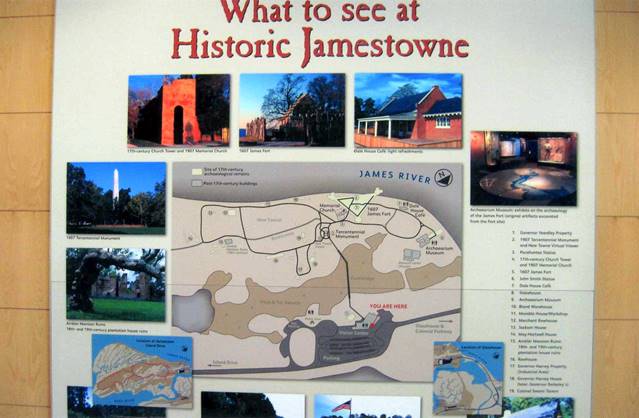
Historic Jamestowne
is the
cultural heritage
site that was the location of the 1607
James Fort
and the later 17th century city of Jamestown. It is located on the
James River
at
Jamestown, Virginia
and operated as a partnership between
Preservation Virginia
(formerly known as the Association for the Preservation of Virginia Antiquities)
and the U.S.
National Park Service.
The site was designated Jamestown
National Historic Site
on December 18, 1940, and listed on the
National Register of Historic Places
on October 15, 1966. It was also designated a
National Historic Chemical Landmark
in 2007 by the American Chemical Society. It is adjacent and
complementary with
Jamestown Settlement,
a living history museum built run by the Commonwealth of Virginia to interpret
the early colony.
The mission of Historic Jamestowne is to "preserve, protect and promote the
original site of the first permanent English settlement in North America and to
tell the story of the role of the three cultures, European, North American and
African, that came together to lay the foundation for a uniquely American form
of democratic government, language, free enterprise and society."
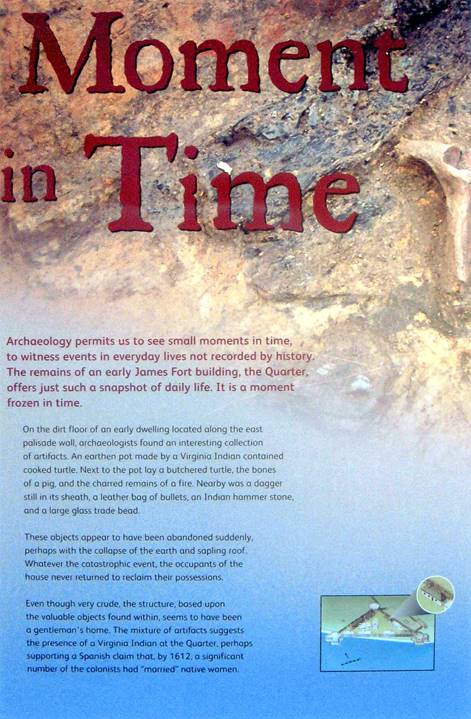
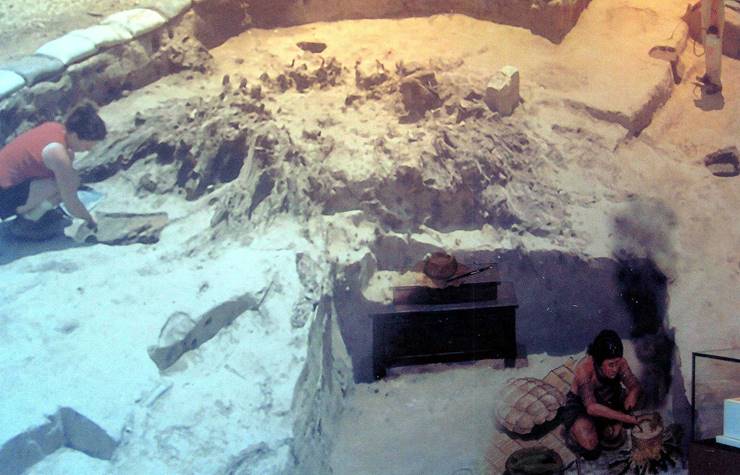
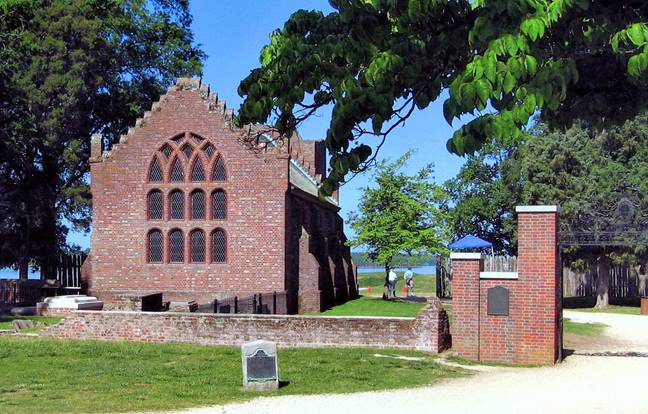
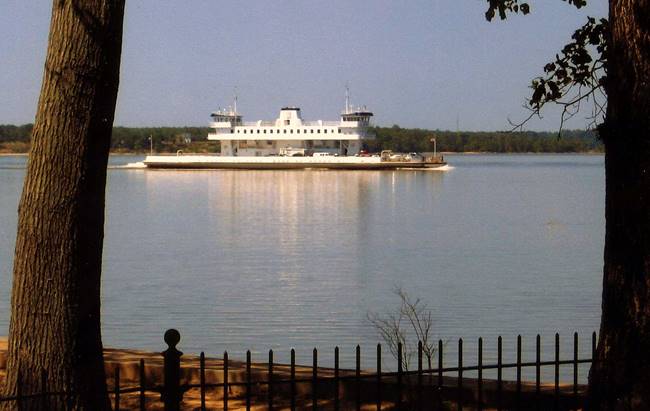
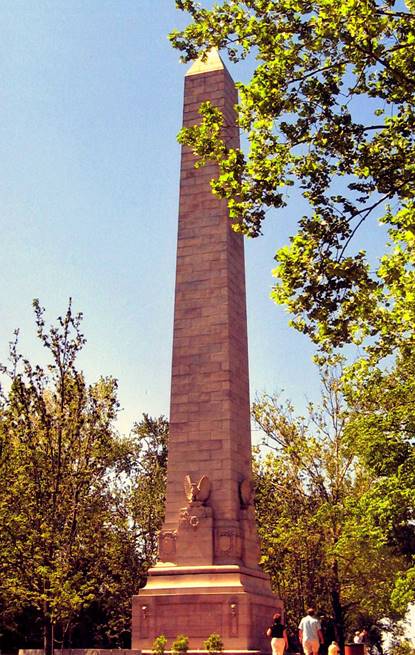
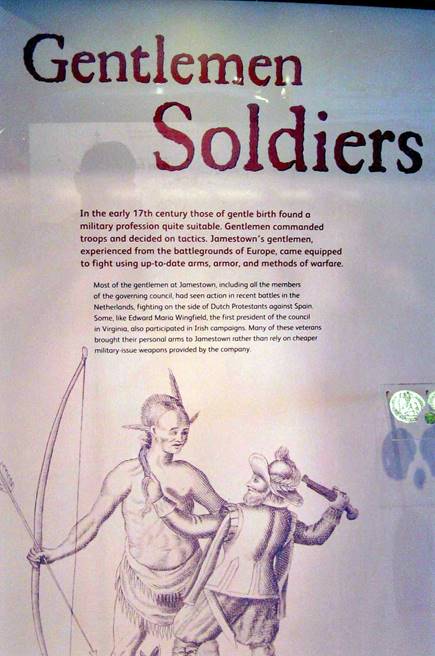
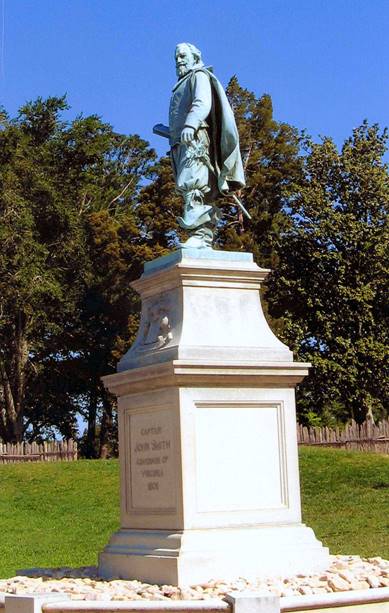
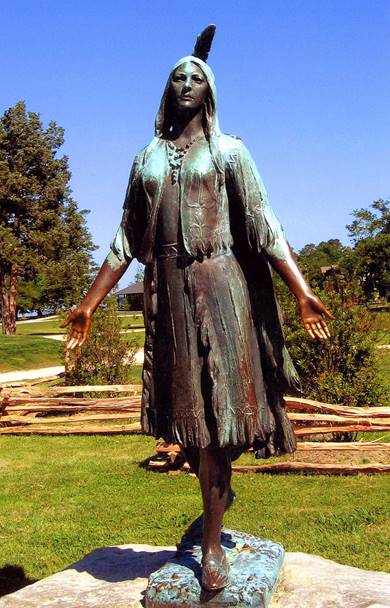
Captain John Smith and
Senator Elizabeth Warren - or ‘Pocahontas’ as she is sometimes called!
A statue of
John Smith
commemorating the site of the first permanent English settlement in America.
Pocahontas
was a Native American notable for her association with the colonial settlement
at Jamestown, Virginia. Pocahontas was the daughter of Powhatan, the paramount
chief of a network of tributary tribal nations in the Tsenacommacah,
encompassing the Tidewater region of Virginia. In a well-known historical
anecdote, she is said to have saved the life of an Indian captive, Englishman
John Smith, in 1607 by placing her head upon his own when her father raised his
war club to execute him. Some historians have suggested that this story, as
told by Smith, is untrue.
On the last day, an afternoon tour of Yorktown, dinner at Riverwalk Restaurant
and the conclusion of our K-1 Reunion there…
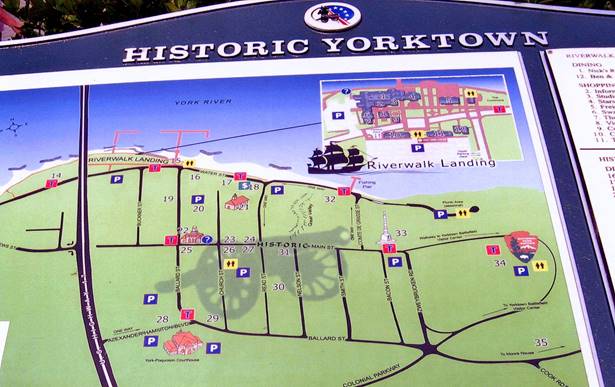
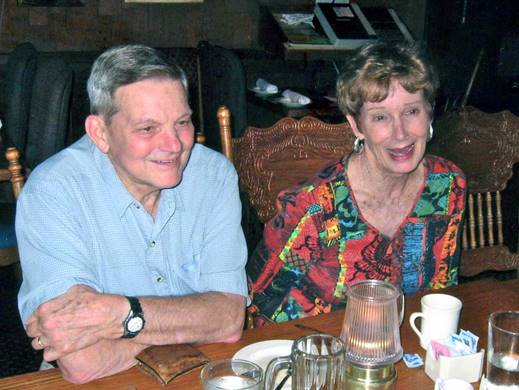
Yorktown, named for the ancient city of
York
in
Yorkshire,
Northern England,
was founded in 1691 as a port on the York River for English colonists to export
tobacco to Europe. The lawyer Thomas Ballard was the principal founder of the
city along with Joseph Ring. It was called "York" until after the American
Revolutionary War, when the name "Yorktown" came into common use.
The town is most famous as the site of the
siege and subsequent surrender
of General
Cornwallis
to General
George Washington
and the
French Fleet
during the
American Revolutionary War
on October 19, 1781. Although the war would last for another year, this British
defeat at Yorktown effectively ended the war. Yorktown also figured prominently
in the
American Civil War
(1861–1865), serving as a major port to supply both northern and southern towns,
depending upon who held Yorktown at the time.
Today, Yorktown is one of three sites of the
Historic Triangle,
which also includes
Jamestown
and
Williamsburg
as important colonial-era settlements. It is the eastern terminus of the
Colonial Parkway
connecting these locations. One of Yorktown's historic
sister cities
is
Zweibrücken
in
Germany,
based on participation of a unit from there during the
American Revolutionary War.
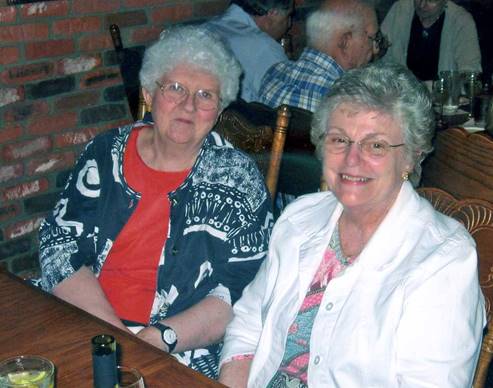
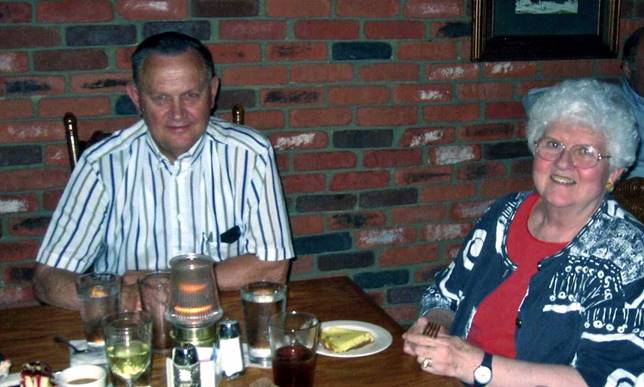
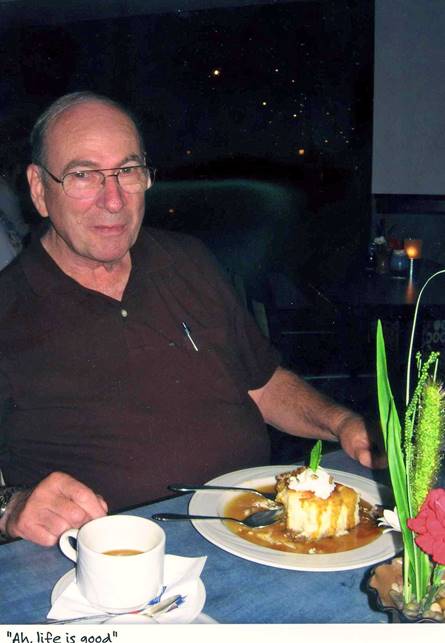
“Ah,
Life is good”
**************